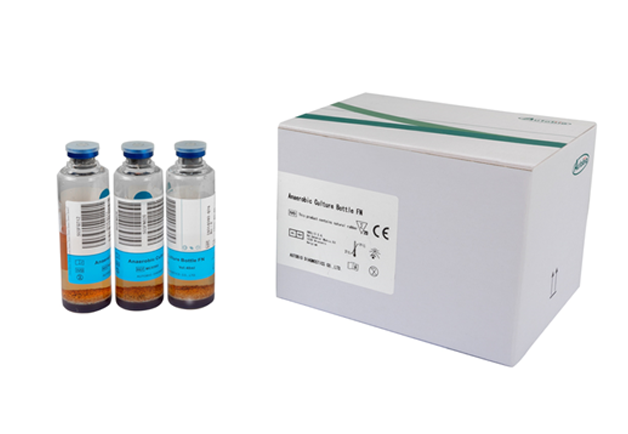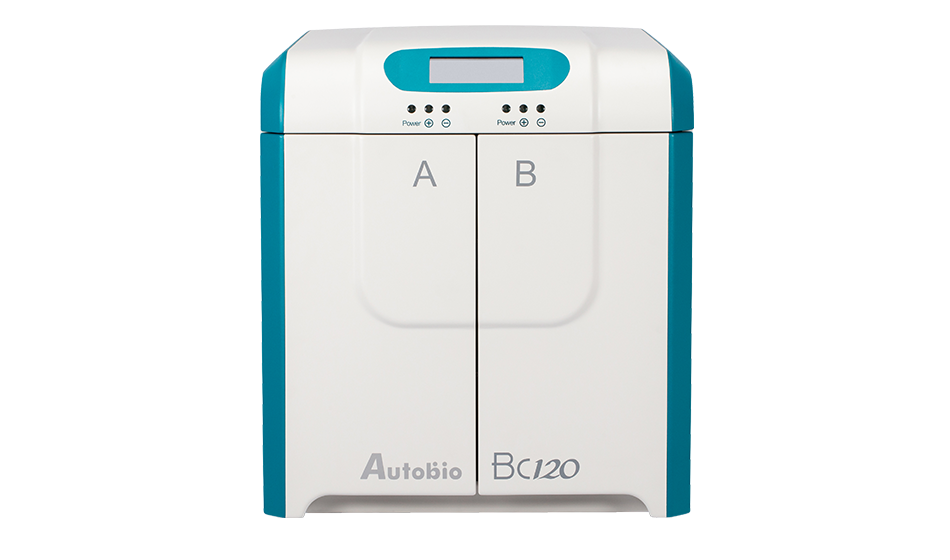

Blood is normally a sterile environment until it was infected by the bacteria [1]. Bacteria and fungi can enter the bloodstream as a severe complication of infection (like pneumonia or meningitis), during surgery or due to catheters etc.. It is called bacteremia/fungemia when there is presence of bacteria/fungi in the blood.
Bacteremia may cause severe health consequences. The immune response to the bacteria/fungi can cause sepsis and septic shock, which has a high mortality rate [2]. Bacteria can also spread via the blood to other parts of the body (which is called hematogenous spread), causing infections away from the original site of infection, such as endocarditis or osteomyelitis [3].

Blood culture is a microbiological culture of blood to detect infections that are spreading through the bloodstream [4]. The specimens should be collected from independent venipuncture sites from infants, children or adult and are entered into blood culture bottles through an incubation protocol on a continuously monitored blood culture device [5]. The blood culture bottles are incubated for a prescribed period and signal audibly and/or visually if growth is detected [6].
The operation was performed as in Measurement Procedure on the following ATCC ® and CMCC ® strains, which were detected as positive in culture bottle .
A study was performed where samples at the level of 5 CFU/ bottle were tested using this assay, marked assay A and marked assay B. Data was analyzed and are summarized in the following table.
1. Ochei; et al; Pus Abscess and Wound Drain;Medical Laboratory Science: Theory And Practice. Tata McGraw-Hill Education, 2000:622.
2. Singer, Mervyn; Deutschman, Clifford S.;The Third International Consensus Definitions for Sepsis and Septic Shock (Sepsis-3). JAMA. 315 (8): 801–810.
3. Sligl, Wendy; Taylor,et al; Five years of nosocomial Gram-negative bacteremia in a general intensive care unit: epidemiology, antimicrobial susceptibility patterns, and outcomes; International Journal of Infectious Diseases. 10 (4): 320–325.
4. Wilson ML, Clinical and Laboratory Standards Institute. Principles andprocedures for blood cultures: Approved guideline. Wayne, PA: Clinical andLaboratory Standards Institute, 2007.
5. Lee A, Mirrett S, Reller LB, Weinstein MP. Detection of bloodstreaminfections in adults: How many blood cultures are needed? J ClinMicrobiol 2007; 45: 3546–3548.
6. T. J. Kirn, M. P. Weinstein;Update on blood cultures: how to obtain, process, report, and interpret; Clinical Microbiology and Infection2013;19(6).
Address: NO.87 Jingbei Yi Rd, National Eco&Tech Zone, Zhengzhou, China
Email: info@autobio-diagnostics.com Tel: +86-371-6200-7036
Autobio Copyright Reserved for ICP 18006568. All Rights Reserved.



